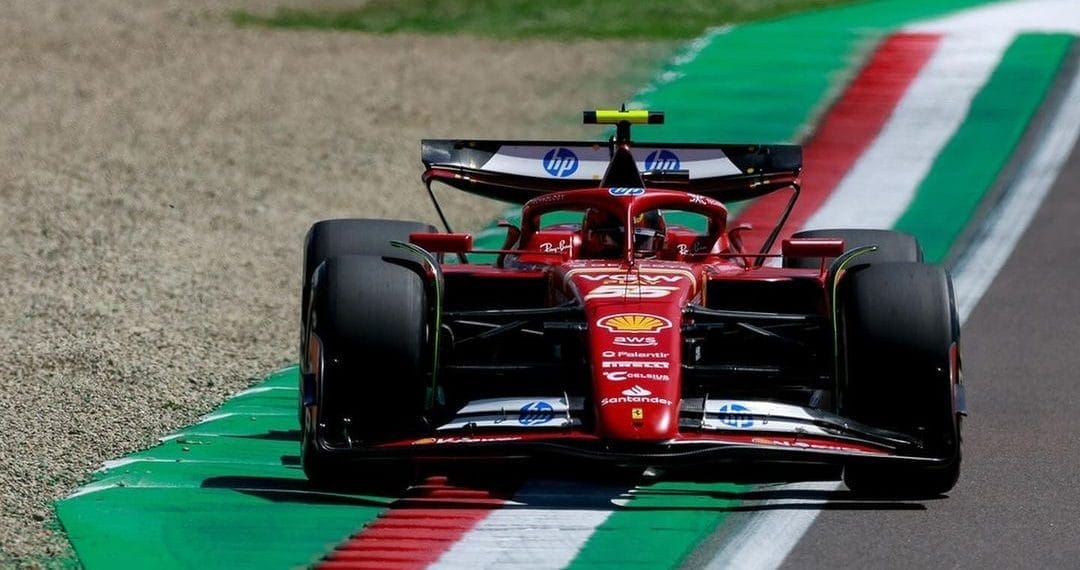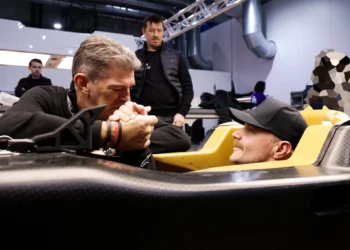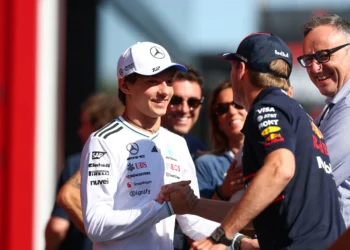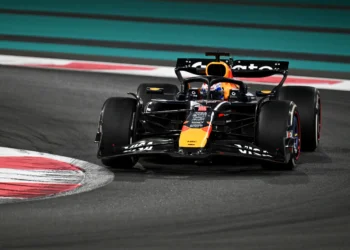The Italian Grand Prix at Monza, known for its unique high-speed, low-drag requirements, has prompted Formula 1 teams to roll out a series of specialized upgrades to enhance their performance on the legendary circuit. Among the noteworthy developments are Ferrari’s much-anticipated updates, which they hope will propel them out of their recent “damage limitation” mode and back into contention with the top teams. Here’s a detailed breakdown of what each team has brought to Monza:
Red Bull Racing: Red Bull has reverted to its low-drag bodywork, similar to what was seen at Spa. The team has opted for a rear wing configuration that features extensive trailing edge contouring, allowing for variable flap areas across the span. This setup appears to offer more downforce than a conventional Monza wing. The front wing has also been adjusted, with the second chord reduced to meet the lower downforce and drag requirements of the track.
Mercedes: Mercedes has introduced a version of its conventional rear wing with reduced camber and cutaways at the outer edges, designed specifically for Monza. These modifications are aimed at minimizing drag while maintaining stability at high speeds. The front wing has been modified to match the reduced downforce of the rear wing, ensuring a balanced setup across the car.
Ferrari: Ferrari has rolled out several key updates, including a new floor with a reshaped central flat-floor ‘canoe’ section, modified floor fences at the tunnel inlets, and a revised diffuser expansion ramp. These changes are complemented by a greater coke bottle cutout, designed to improve airflow management and increase downforce. The team has also introduced a Monza-specific very low downforce rear wing and a second phase of the Zandvoort update, featuring a new sidepod shape beneath the engine cover. Ferrari hopes these upgrades will help them compete more effectively in the leading pack.
Aston Martin: Aston Martin has brought a lower loading rear wing and beam wing, alongside a reduction in the front wing flap to accommodate the low downforce rear wing. The modifications are aimed at achieving the required aerodynamic balance while reducing drag. The front wing endplate has also been partially removed, and the dive plane angle reduced to ensure harmony with the Monza rear wing setup.
Sauber (Alfa Romeo): Sauber has introduced a new forward floor designed to increase load towards the front of the car, along with a slightly revised diffuser sidewall to accelerate flow through the tunnel and improve control of airflow disruption from the tires. The team has also developed circuit-specific front and rear wings to optimize performance at Monza.
Haas: Haas has focused on re-cambering the front wing flap and altering the aerodynamic profile of the sheathing around the front suspension. These changes are intended to reduce drag and enhance overall aerodynamic efficiency, tailored to the high-speed demands of Monza.
Conclusion
As the teams roll out their Monza-specific upgrades, the Italian Grand Prix promises to be a thrilling showcase of engineering prowess and strategic ingenuity. Ferrari’s extensive updates signal their intent to challenge Red Bull and Mercedes at the front, while other teams like Aston Martin, Sauber, and Haas are also making significant strides to optimize their cars for the unique demands of Monza. With these developments, the stage is set for an intense battle on one of Formula 1’s most iconic circuits.










